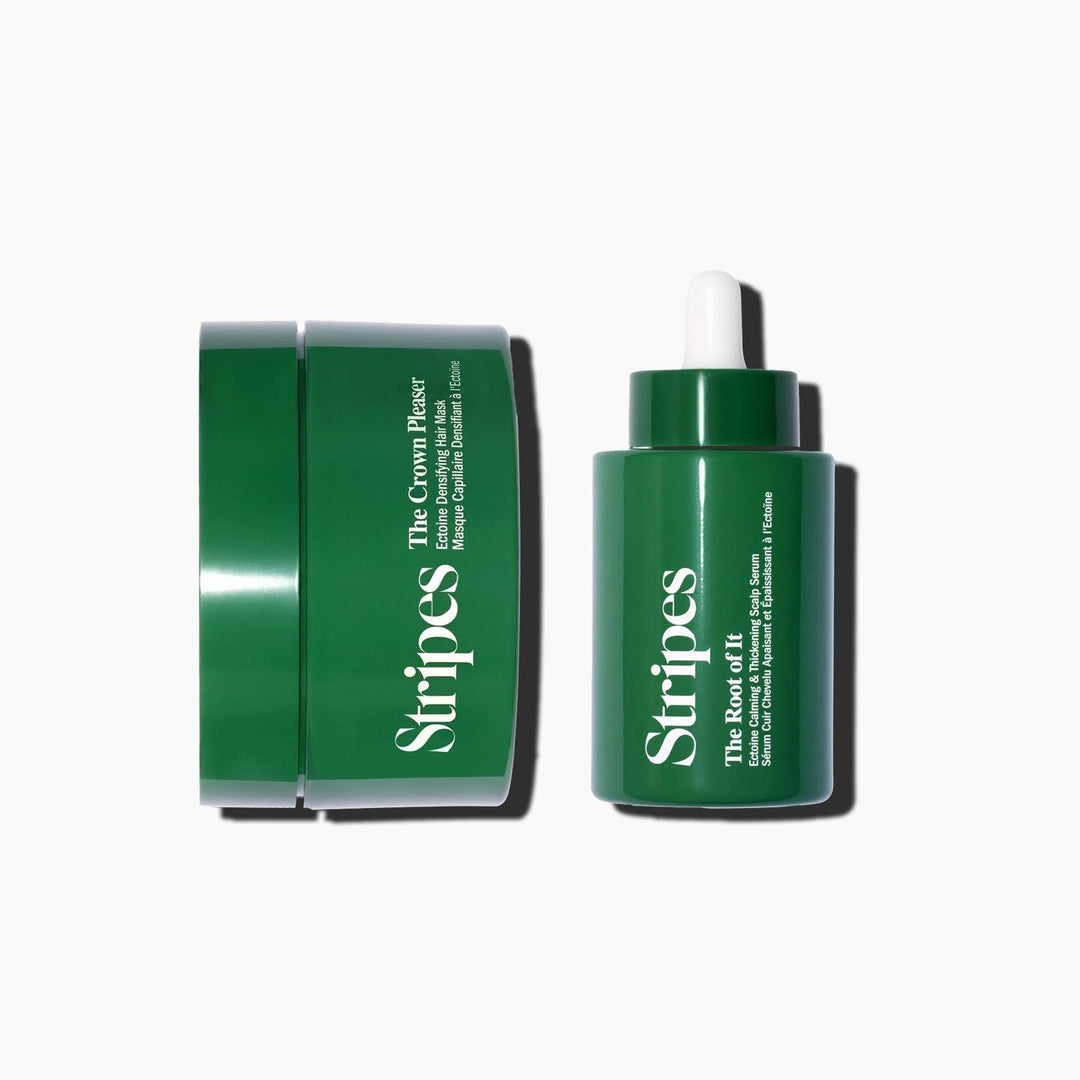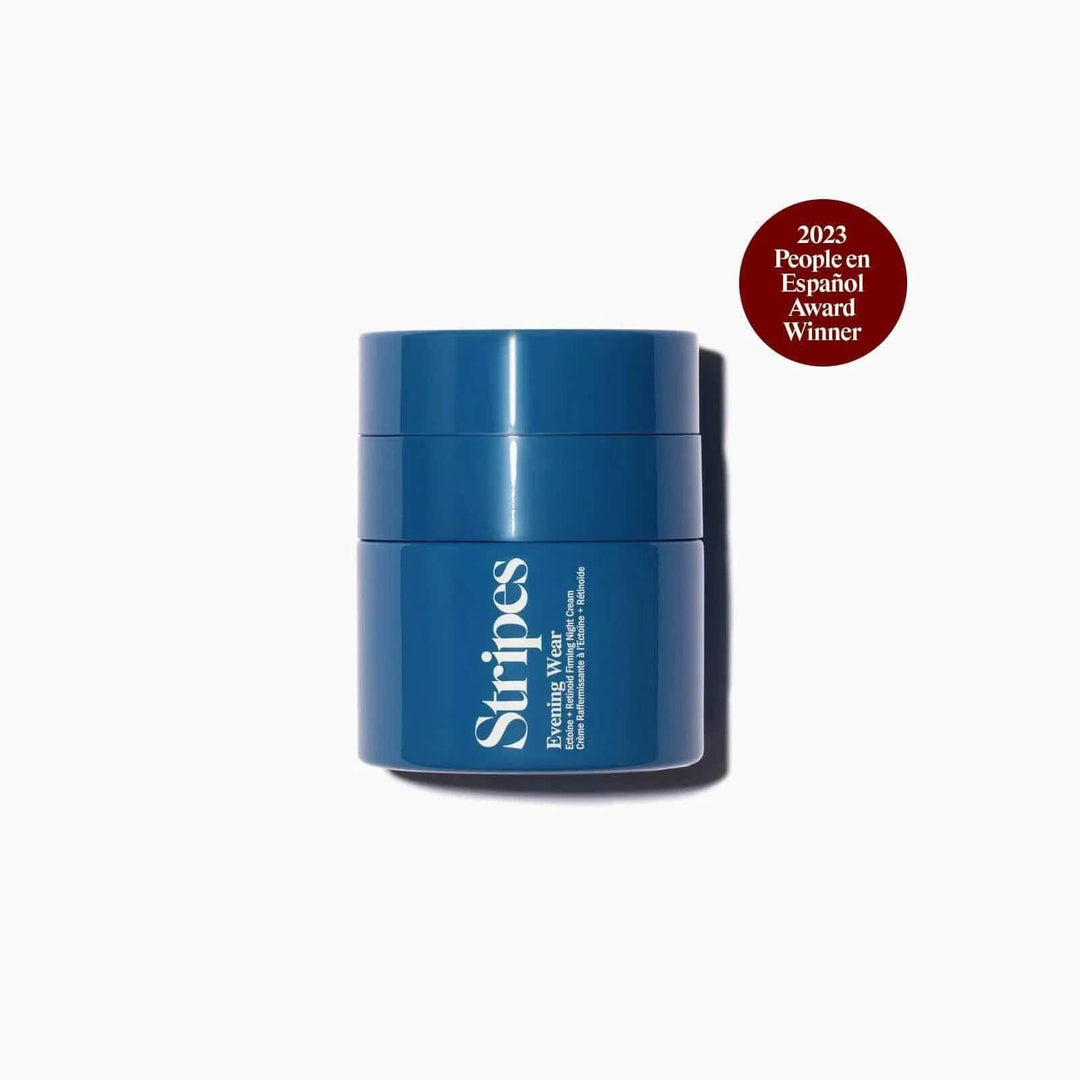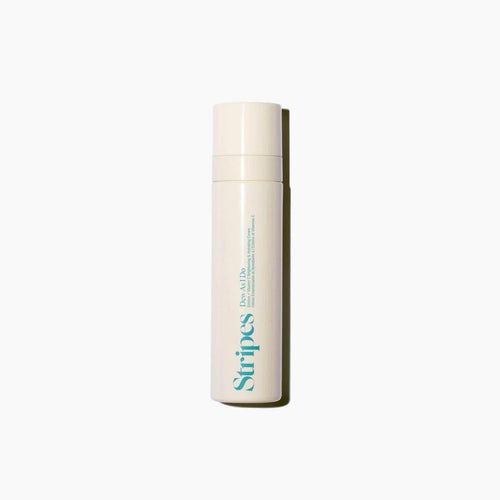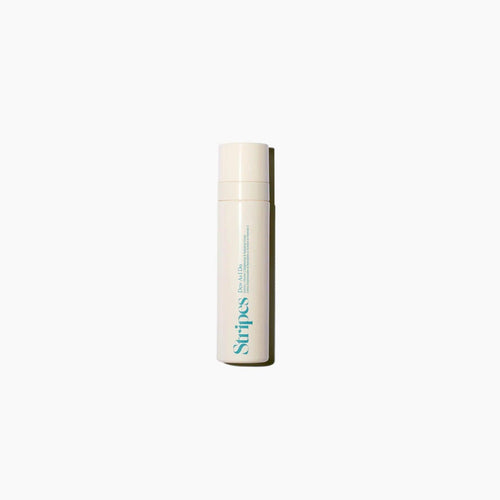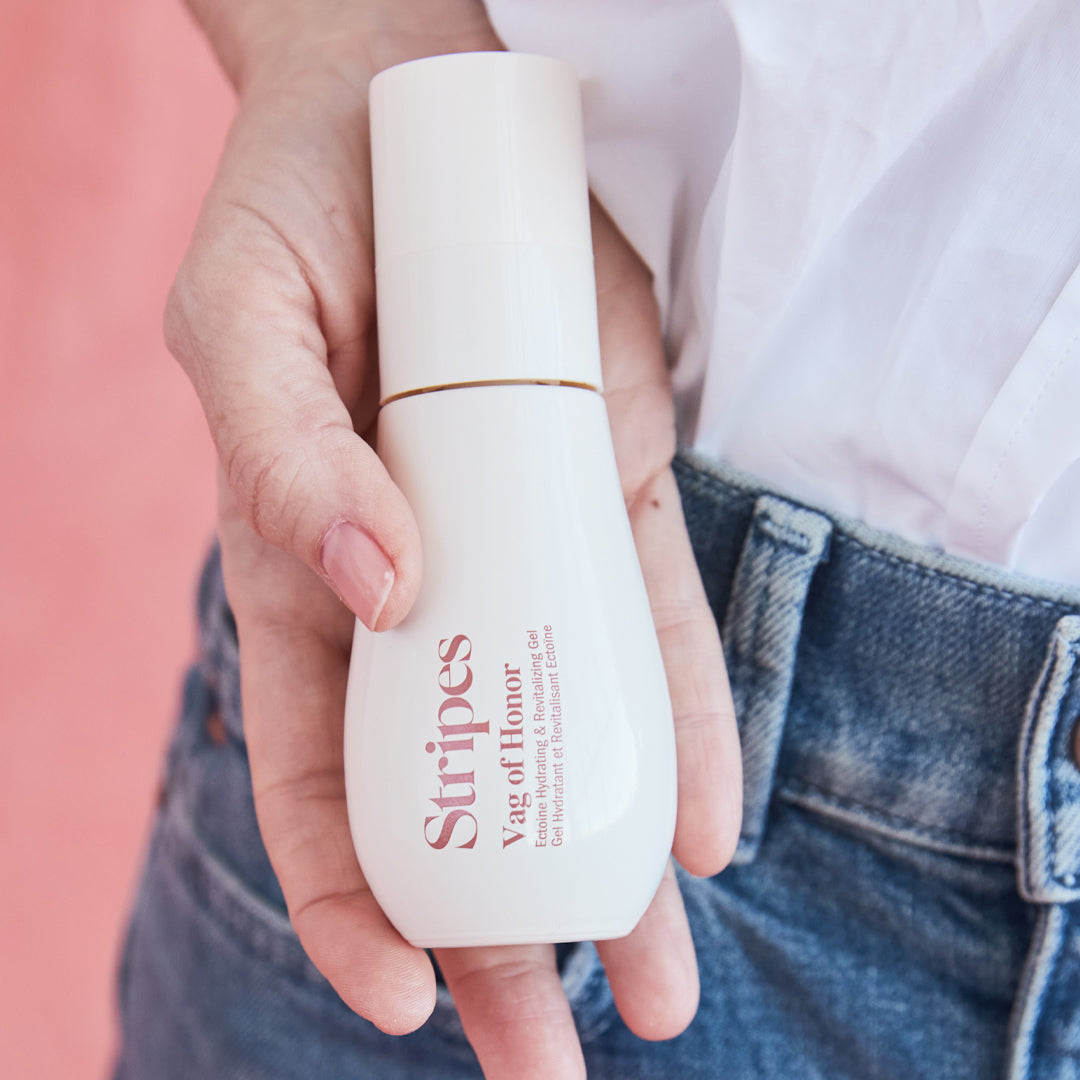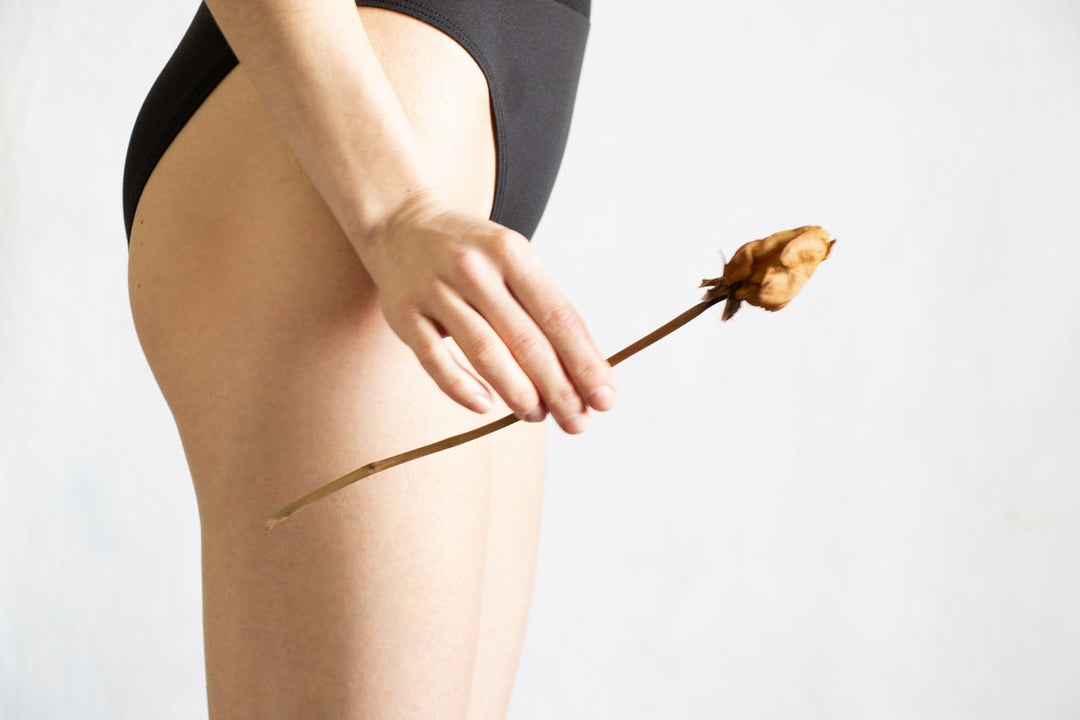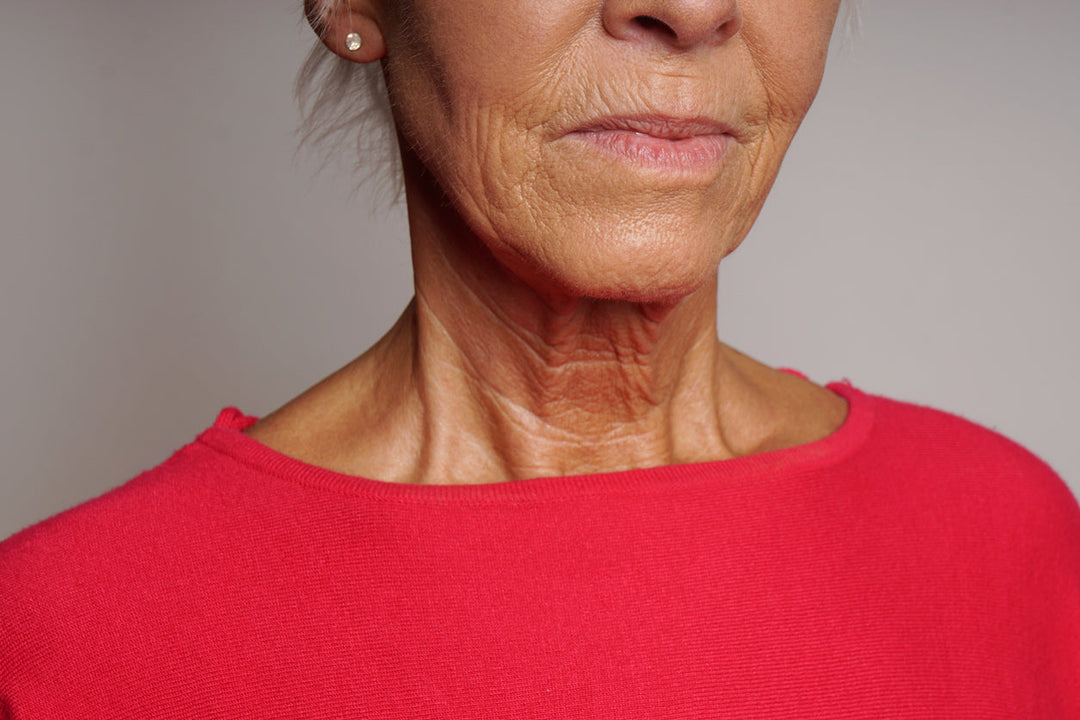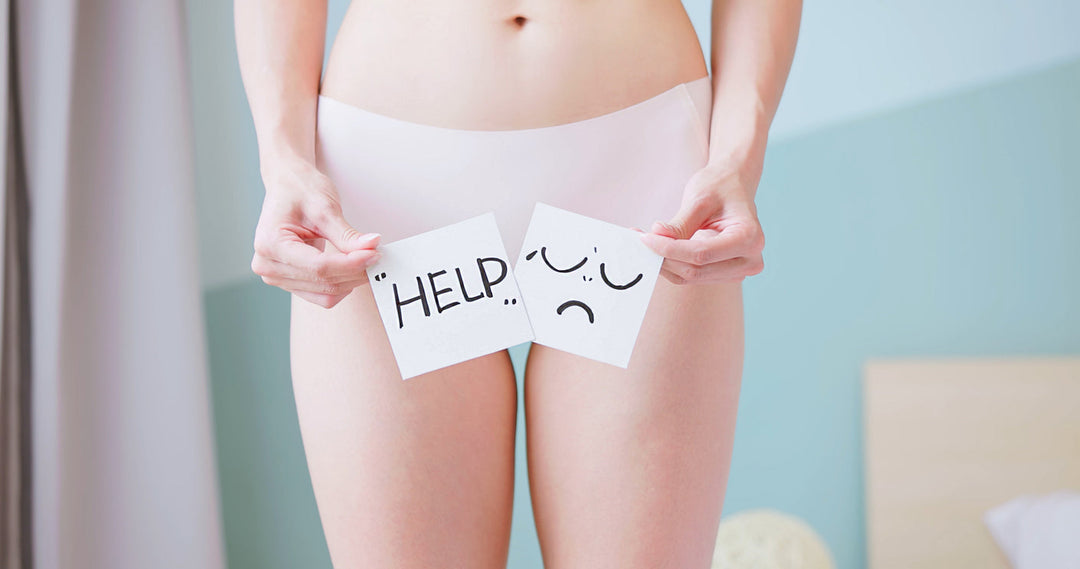Thinning Eyebrows: Causes and What to Do About It
If you grew up in the ’80s and early ’90s with naturally thick, bushy eyebrows, you were in luck — until the thin brow trend took over in the late ’90s and 2000s. Maybe you gave in to peer pressure and overplucked your brows into barely-there arches.
Fast forward to your late 30s or beyond, and you might have tried embracing fuller brows again — only to realize your eyebrows are thinning. It may have happened gradually, but it probably felt like one day you had full, bold brows, and the next, you were left with sparse, patchy lines hanging over your eyes.
Whenever you tell people about your eyebrow struggles, they likely give you the same response: “Oh, that’s from over tweezing.” But is it really? Or could there be other reasons your eyebrows are thinning? Most importantly — can you actually grow them back?

According to dermatologist Dr. Julia Carroll, “it’s difficult to pinpoint an individual’s exact cause [of eyebrow hair loss] without a thorough history and exam.” Here are a few of the major reasons your eyebrows may be thinning — and some solutions.
Overplucking could have caused your patchy eyebrows
OK, turns out your one judgy college roommate who told you, “they’re never going to grow back!” while you were waxing them into oblivion was actually right about this one. “Over-plucking eyebrows can damage the hair follicles over time,” says Carroll, “which may result in permanent hair loss in the area.”
Estrogen levels may be to blame for your thinning eyebrows
If you’ve noticed your eyebrows thinning as you’ve gotten older, hormones could be a factor. “Lower estrogen levels can lead to hair thinning and hair loss all over the body, including the eyebrows,” says Carroll. That’s because estrogen helps your hair grow and reduces the rate of shedding; with less estrogen in the mix, you end up with thinner, weaker hair follicles. As we go through menopause, our bodies also produce “less androgen-binding protein, which can cause an increase in the conversion of testosterone to dihydrotestosterone [DHT], a hormone that can cause hair follicles to shrink and produce weaker hair,” Carroll says.
This change to the eyebrows can occur in perimenopause or menopause, so if your eyebrows have thinned at the same time that other symptoms have shown up, that could be the reason.
Thyroid levels may be causing your thinning or patchy eyebrows
You might not immediately think of your thyroid when dealing with thinning eyebrows, but it’s a common culprit. “Hormonal imbalances, particularly thyroid function-related ones, can lead to thinning eyebrows,” says Carroll. “Hypothyroidism, for instance, can cause hair loss, including in the eyebrow area. If you experience sudden eyebrow loss, especially the lateral or outside part of the brow, it’s important to have thyroid levels tested.” Considering that one in eight women will have thyroid issues in her lifetime — and that thyroid disorders often start around perimenopause, and their symptoms are often mistaken for menopausal symptoms — if your eyebrows have abruptly gotten very funky-looking, it’s worth getting your thyroid-stimulating hormone (TSH) levels checked.
Or maybe it’s just genetics
Sometimes thinning eyebrows are part of your DNA.. “Genetics can also play a role, as some people are simply predisposed to thinning eyebrows as they age,” says Krista Suter, RN and owner of BLUR Aesthetics. Take a look at some photos of your folks when they were your age, and see if you have them to thank for your wispy, thin brows.
What can you do to reverse thinning eyebrows?
At this point, you might be thinking, “Okay, but what can I actually do to fix this?” The good news is that there are several ways to encourage eyebrow regrowth.

If your eyebrows simply don’t grow back once you stop plucking, you can try topical treatments. Some folks have success with OTC serums, but if you’re reading this article, you may need to call in the big guns. “Products containing ingredients like bimatoprost or minoxidil may help stimulate hair growth,” says Carroll.
If you have an underlying thyroid issue, proper medical treatment may help them grow back. “However, the speed and extent of regrowth can vary from person to person,” says Carroll. “It may take several months to notice significant regrowth, and in some cases the eyebrows may not fully return to their previous thickness.”
Biotin supplements probably won’t make a difference if you’re dealing with thinning eyebrows. “While biotin is essential for maintaining healthy hair and nails, most people get enough of it through their regular diet,” says Carroll. “Biotin deficiencies are rare, and taking additional biotin as a supplement does not necessarily lead to improved hair growth in individuals with adequate biotin levels.”
My own brow issues, upon closer inspection, are likely a combination of thyroid issues and overplucking. I plan on booking a TSH test with my GP to get my thyroid levels balanced, and I’m buying a serious serum with minoxidil. Together, they will hopefully help me grow my brows…just in time for skinny brows to come back into fashion. But one of the gifts of midlife is wisdom, and I’m proud to say that part of that wisdom is appreciating my brows for what they are, not what random fashion trends say they should be.
By Gabrielle Moss
Gabrielle Moss is the editor at Stripes. She's the author of Paperback Crush: The Totally Radical History of '80s and '90s Teen Fiction. Her work has appeared in the New Yorker, Slate, GQ, Buzzfeed, Marie Claire and elsewhere.
Photo by Angela Roma/ Pexels
